Strategic Support Force: China’s mission to win future wars hinges on this shadowy military branch
- The emerging Strategic Support Force is leveraging the civilian sector to expand China’s space, cyber, electromagnetic and psychological warfare capabilities
- SSF is tasked to future-proof PLA with superior intelligence and reinforced joint operations
- But four years before the formal establishment of that military service branch, Beijing had already established a new branch of its military, also aimed at outer space.
Xi issues hi-tech military call in push for integrated armed forces8 Mar 2024
The PLA said last week that building “strategic capabilities in emerging areas”, a term coined by President Xi Jinping, will create “asymmetrical” advantages and “hugely” change the military balance between rivals, as the country faces “foreseeable and unforeseeable stormy seas” – a vague reference to more complex geopolitical environments, as well as the risks of armed conflict.
The hi-tech SSF branch, which integrates “strategic functions” across the entire PLA and relies heavily on civilian innovation support such as AI development, is playing an increasingly critical role in the military’s preparations for future “intelligence warfare”, analysts said.
However, the branch’s heavy reliance on high tech could also make it more vulnerable to US restrictions, they said.
Space, cyber and Taiwan
- The space force – known as the Space Systems Department – operates several satellite launch centres as well as training bases across China. It manages communication and intelligence satellites, which provide space-based reconnaissance, and uses the BeiDou satellite navigation system to help with military operations.
- Much like the US Cyber Command, China’s cyber force – known as the Network Systems Department – is responsible for defending and attacking computer networks, electromagnetic defence and offence, and collecting intelligence by intercepting signals.
The impetus for China to figure out joint operations in peacetime is really important
“Seeing how Russia has struggled with joint operations and combined arms in Ukraine, the impetus for China to figure out joint operations in peacetime is really important,” Bresnick said.
According to publicly available information, the SSF in recent years has provided electromagnetic and cybersecurity training, as well as joint operations with other forces.
New attack helicopter seen as vital in any PLA operations against Taiwan, India26 Mar 2024
The coordinated training efforts, including a simulated “joint blockade” of the island, enhanced the “integrated and joint operational” capabilities of the PLA, state news agency Xinhua said at the time.
In February, the SSF reportedly held training exercises using countermeasures in response to simulated drone attacks and network penetration by “enemies”, according to a report by military mouthpiece PLA Daily, which provided few other details.
The force has also previously conducted exercises involving “electromagnetic confrontation”, for instance when a ground force unit under the Central Theatre Command took part in a drill which the report described as breaking the “barriers” of different military branches.
Guam’s defence is top priority in Pacific amid China military inroads: Pentagon22 Mar 2024
Another Pentagon report stated that as of March 2022, China’s intelligence, surveillance and reconnaissance (ISR) satellite fleet contained more than 290 systems, second in quantity only to the U.S.
- Most of those ISR systems could help to monitor, track and target US and allied forces worldwide, especially throughout the Indo-Pacific region, the report said.
- The SSF is also an umbrella for Base 311, a center headquartered in Fujian province, which is primarily responsible for psychological warfare in Taiwan-related operations.
The heart of the PLA’s modernization
According to experts, the SSF is at the heart of China’s military integration and modernization plans.
“The Strategic Support Force provides intelligence and information support to other services as it controls reconnaissance, communications and other strategic measures and systems, and could also offer electronic support in operations,” said Fu Qianshao, a military analyst and former PLA officer.
No immediate risk of war with Manila over South China Sea: Beijing think tank26 Mar 2024
- This “dominance of information” can be the critical difference on a battlefield, as the war in Ukraine has shown, Fu said.
“With its spy satellites, the PLA can know the situation in the East China Sea, Taiwan Strait and South China Sea. It could clearly monitor [the locations of ] US aircraft carriers and its strike groups in the regions, which is the responsibility of the SSF,” Lu said.
The SSF is “definitely more experienced and competent” than it was in 2016, according to James Char, a research fellow from Nanyang Technological University.
The SSF, which reports directly to the CMC, the military’s top decision-making body, is headed by General Ju Qiansheng, who has been commander of the force since 2021.
Char added that Xi, who is also chairman of the CMC, “wants his troops to gradually pivot from full mechanization to having the ability to conduct modern ‘informatised’ operations, before engaging in ‘intelligentized’ warfare in the future”.
“Operations showed in most recent regional wars” that “intelligent and unmanned” equipment had proved to be decisive in winning conflicts, the PLA Daily said in a recent article, without explicitly naming the ongoing wars in Ukraine and Gaza.
High-altitude tunnel becomes new flashpoint in rising India-China tensions26 Mar 2024
High tech and US curbs
- The SSF heavily relies on hi-tech talent recruitment, cooperation with academic institutions, and the country’s private sector as part of its military-civil fusion strategy.
- More than 80% of the technologies used in China’s military come from civilian sectors, according to Yue Gang, a retired PLA colonel.
The SSF serves as an “important” force to integrate emerging technologies and will be key to winning future wars, Yue said, adding that SSF has a higher “degree of informatization” than other military branches, making it a “pioneer” in transforming the PLA into an information-based military.
“Its role and status are becoming more important”, Yue said.
- The SSF accounts for more AI-related equipment contracts than any other PLA branch, according to a 2021 report by the Centre for Security and Emerging Technology at Georgetown University in the US.
- In its March recruitment advertisement, the SSF said it was looking to fill some 500 positions with talent from top-tier universities with majors in computer science, artificial intelligence and big data, and aerospace technologies.
Does Sora matter in the ever-moving AI race? Could it break down barriers?25 Mar 2024
“It might not work if China uses only state-owned companies and departments, so it must rely on the strengths of the private companies … to improve quality, reduce costs and save time,” Fu said.
“The problem now is [the US] has cut off China’s access [to these technologies], in semiconductors and artificial intelligence, they know exactly where your weak spot is,” said Ni Lexiong, a Shanghai-based military analyst.
The strained relations between China and the Western countries and their restrictions on hi-tech “has definitely impacted the weapons and equipment,” Ni said.
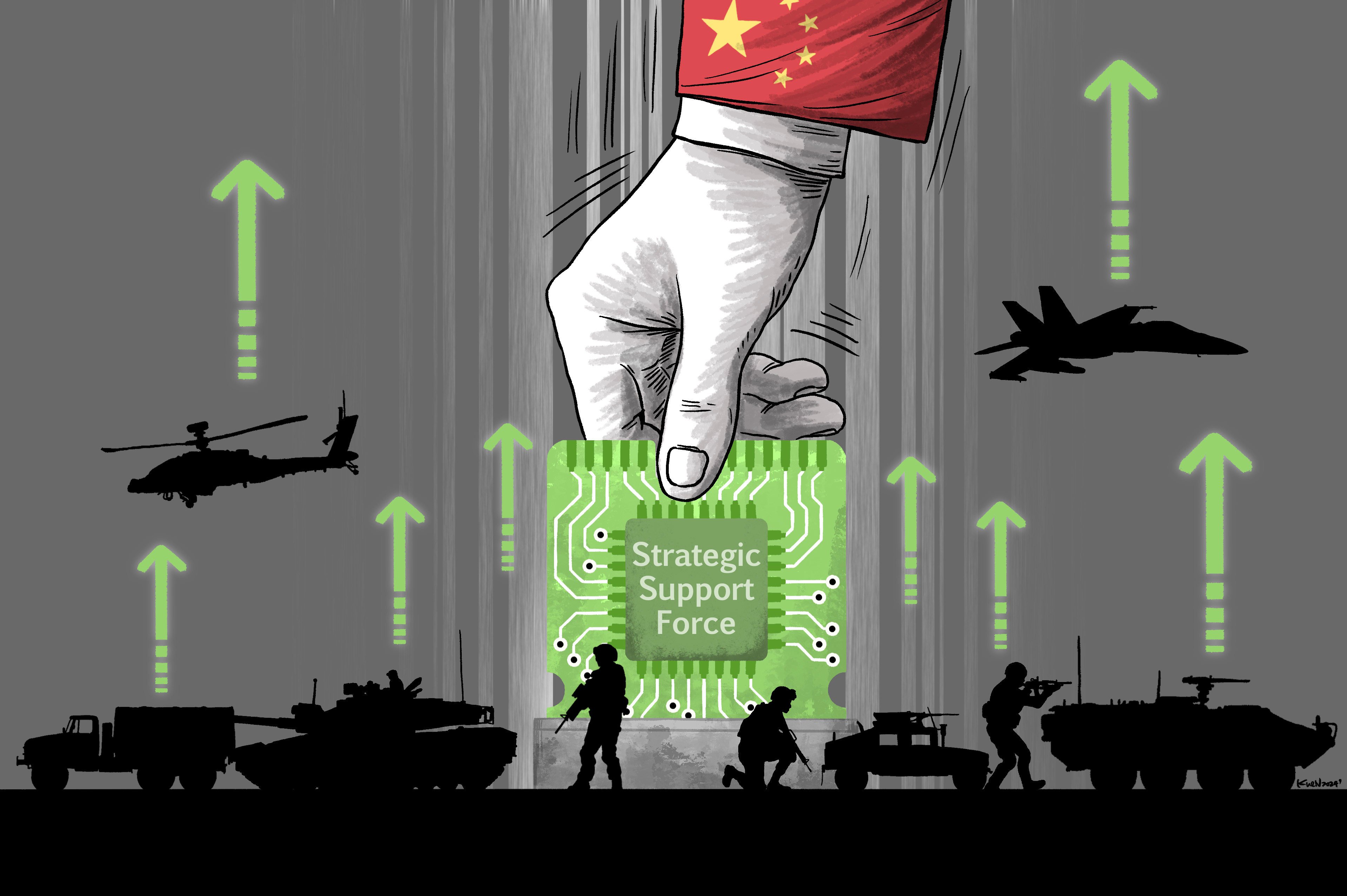
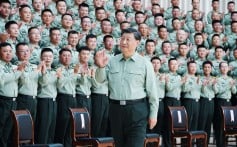
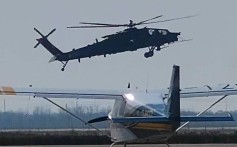
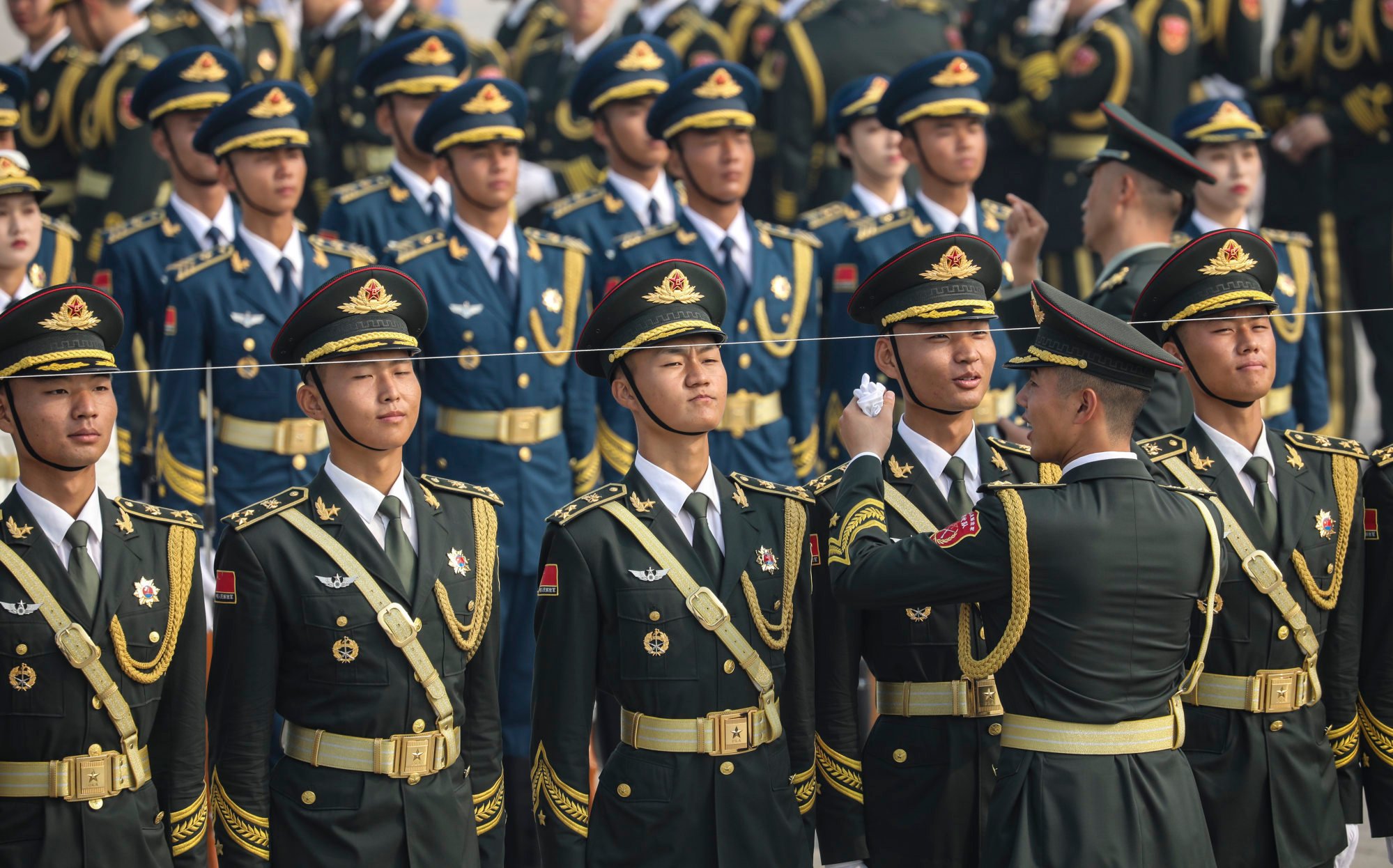
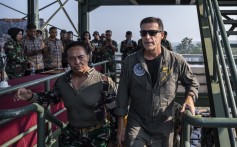
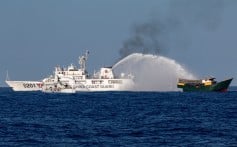


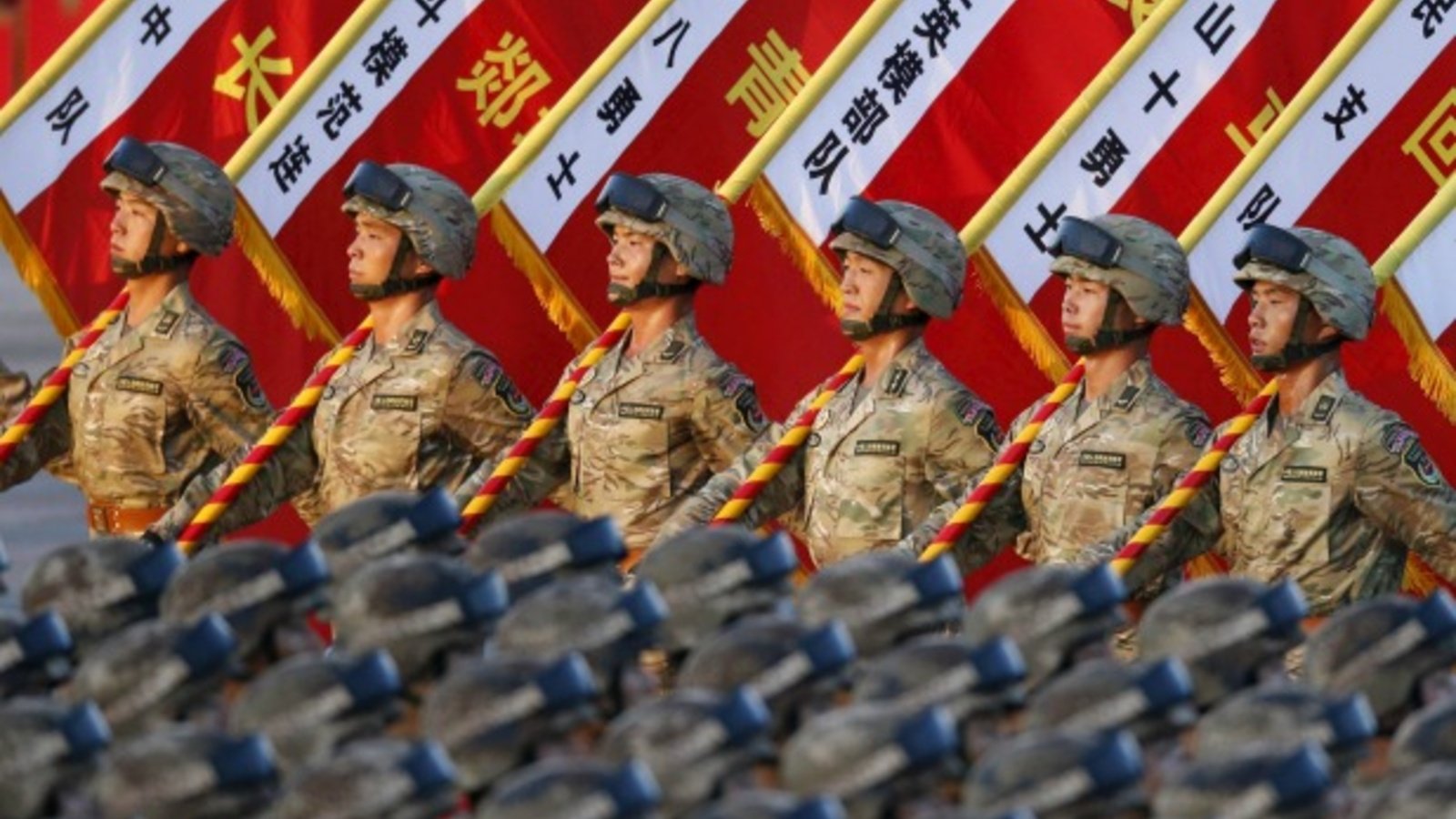
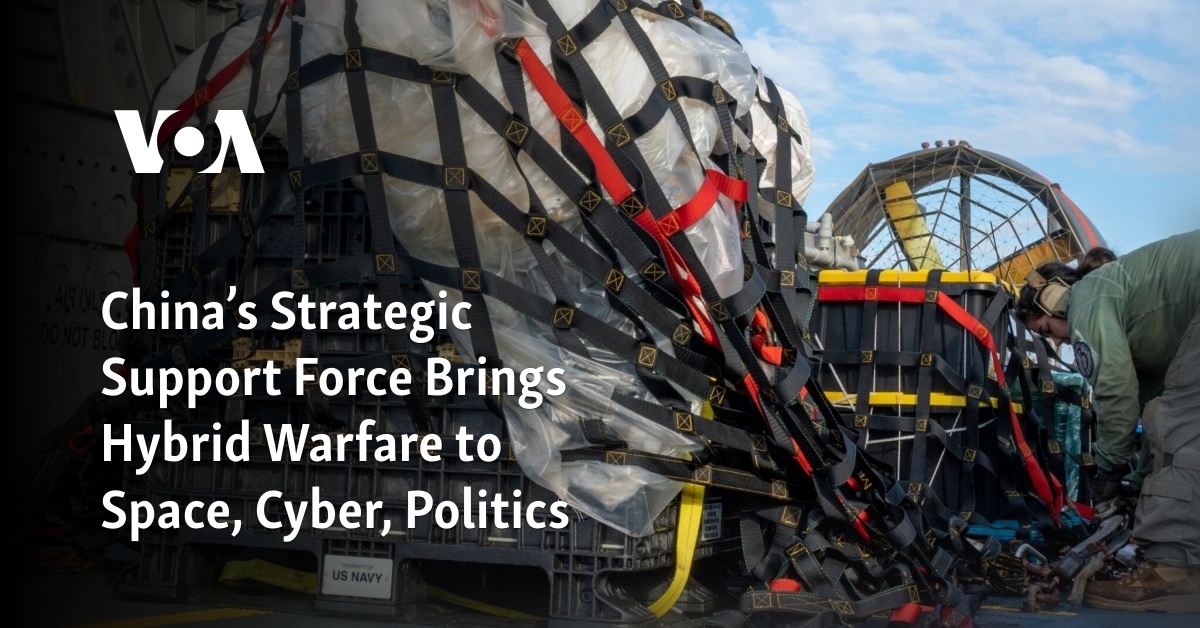
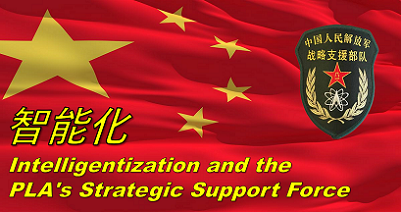
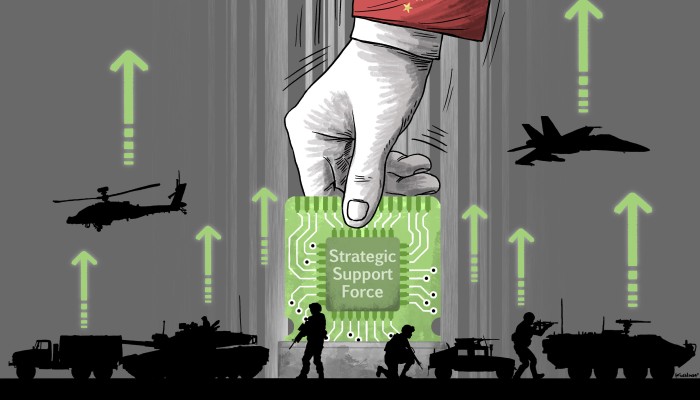


No comments:
Post a Comment